calsfoundation@cals.org
Camp Nelson Confederate Cemetery
Camp Nelson Confederate Cemetery, located approximately four miles southeast of Cabot (Lonoke County), is the site of a mass grave with as many as 1,500 soldiers who died of various diseases. It is one of a small number of all-Confederate cemeteries in Arkansas.
In 1862, thousands of Confederate soldiers from Texas and Arkansas began to gather near the settlement of Austin (Lonoke County), about thirty miles northeast of Little Rock (Pulaski County). Perhaps as many as 20,000 soldiers camped in the area named Camp Hope. Life in camp was routine, with the exception of a mutiny in the summer of 1862 by a number of soldiers whose enlistment had expired. After the initial group deserted—disgruntled about the lack of pay—nine were executed to deter additional deserters.
During the fall of 1862, the camp was stricken by measles, typhoid, mumps, and a variety of other diseases that proved fatal to as many as 1,500 soldiers, who were buried in graves throughout the countryside. One casualty was the popular former colonel of the Tenth Texas Infantry, Allison Nelson. Nelson, a native of Georgia, was a former mayor of Atlanta, Cuban filibuster, Indian fighter, and Texas legislator. He was stricken by typhoid and died on October 7, 1862, just days after he was commissioned a brigadier general. Nelson was buried in Little Rock’s Mount Holly Cemetery. Due to Nelson’s popularity, Camp Hope was renamed Camp Nelson. By the end of the year, the camp had been abandoned and was soon forgotten.
At the turn of the twentieth century, a group of local Confederate veterans initiated actions to establish a formal burial ground for the war dead. Veteran James Gately sold a small tract of land to the group for one dollar, and, in 1905, state legislator Sevin Smith was able to acquire a $1,000 appropriation from the state. Local crews were hired to scour the countryside looking for graves. Once located, the grave was opened, and the remains were placed into a box or barrel. They were then taken to the selected burial site and reinterred. Even though 428 individual headstones were placed in four equal sections, physical evidence uncovered in 1980 indicated that the dead were buried in a single trench upon being reinterred in 1905. An additional twelve-foot-tall monument honoring all the soldiers was placed in the center of the cemetery. The 429 monuments were carved from limestone mined in Independence County.
Yearly memorial services were conducted at the cemetery until the late 1930s, by which time many of the veterans had died. Once these services ceased, the cemetery quickly became overgrown with vegetation. In the early 1980s, Cabot High School Reserve Officers’ Training Corps (ROTC) instructor Sergeant J. O. Isaac spearheaded a project to restore the cemetery. Local supporters were able to acquire a $23,000 appropriation from the state government; during the summer of 1981, Future Farmers of America students, ROTC students, Isaac, and three additional high school teachers directed the restoration. Trees were cleared, dirt was brought in to level the area, a new fence and gate were constructed, and new United States government headstones engraved with “Unknown CSA Soldier” were put in place. In the spring of 1982, a formal rededication ceremony was conducted.
The state legislature set aside a $10,000 annual appropriation for the upkeep of the restored cemetery. By the late 1990s, this appropriation was discontinued due to a downturn in the state economy, and the cemetery upkeep now rests in the hands of interested individuals. A local school group places flags on the individual graves each spring. The cemetery was added to the National Register of Historic Places in 1996.
For additional information:
Polston, Mike. “Allison Nelson: Atlanta Mayor, Texas Hero, Confederate General.” Atlanta Historical Journal 29 (Fall 1985): 19–25.
Roebuck, Field. “The Camp Nelson Confederate Cemetery: A Tribute to Confederate Heroes.” Confederate Veteran 9 (November–December 1992): 22–27.
Mike Polston
CALS Encyclopedia of Arkansas
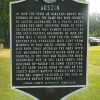
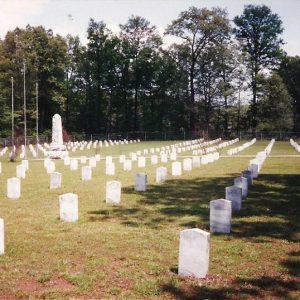 Camp Nelson
Camp Nelson  Camp Nelson Cemetery Rededication Program
Camp Nelson Cemetery Rededication Program  Camp Nelson Brochure
Camp Nelson Brochure 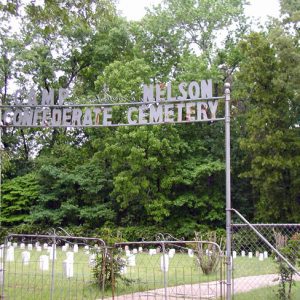 Camp Nelson Confederate Cemetery Entrance
Camp Nelson Confederate Cemetery Entrance  Camp Nelson Confederate Cemetery Monument
Camp Nelson Confederate Cemetery Monument 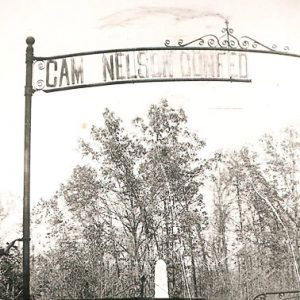 Camp Nelson Confederate Cemetery
Camp Nelson Confederate Cemetery 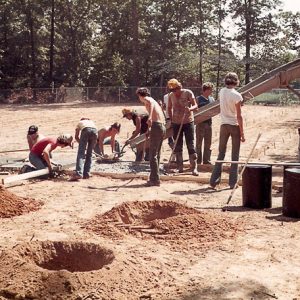 Camp Nelson Restoration
Camp Nelson Restoration 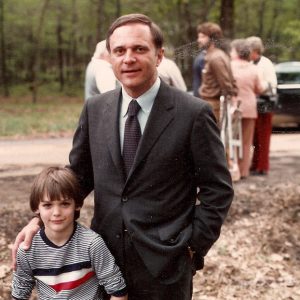 Camp Nelson Rededication
Camp Nelson Rededication 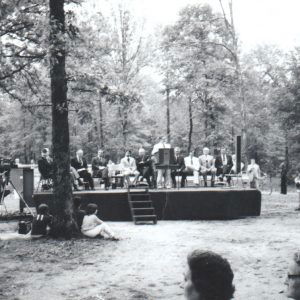 Cemetery Dedication
Cemetery Dedication  Faubus Letter on Camp Nelson Ceremony
Faubus Letter on Camp Nelson Ceremony 



On December 7, 1862, my great-great-granduncle Jesse Shearer died of measles at Camp Nelson, Arkansas. His brother-in-law William McClaren died there on December 25, 1862. According to family history, Jesse’s brother Kimsey may also have died there. After these three deaths, Spencer Shearer, the father of Jesse and Kimsey, was said to have “lost his grip.”